
The Work
The following pieces of work blend narrative, design thinking, social, and spatial sciences within a human-centered research-responsive context that is continually evolving.
Chapter 1 - The Learner
(Thesis, Formative Experiences)
Every question I teach now began here, inside the uncertainty of learning. This chapter traces how curiosity and disorientation became tools for understanding the emotional and spatial layers of design.
Interior Architecture Graduate Thesis
Grounded in Afrofuturism, my 2021 thesis explored the erasure of Black history before enslavement, building space for a positive future unbound by anti-Black oppression. These oppressions, often expressed through space and concretized through the built environment, represented an opportunity to co-opt and shift the past, and therefore, the present and future of the Black Diaspora. Utilizing autoethonographical and phenomenological approaches, this graphic novel synthesized history, current issues and technology, to produce imaginative outcomes.

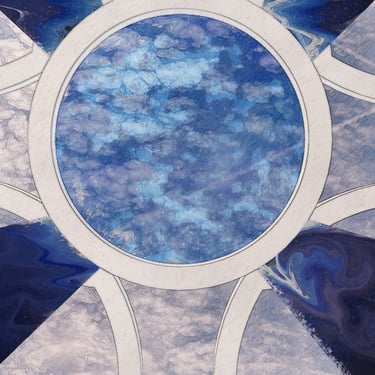
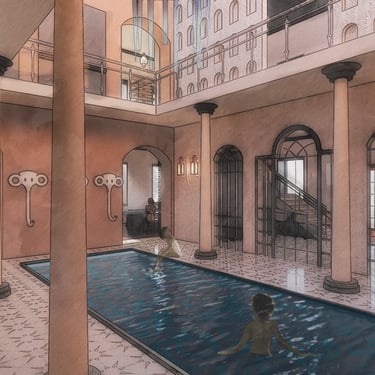

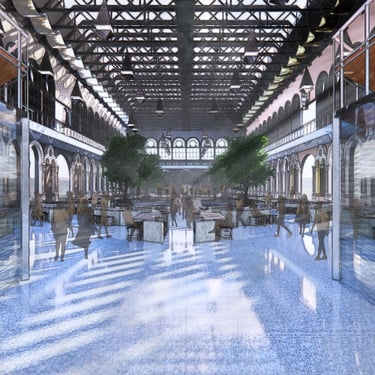
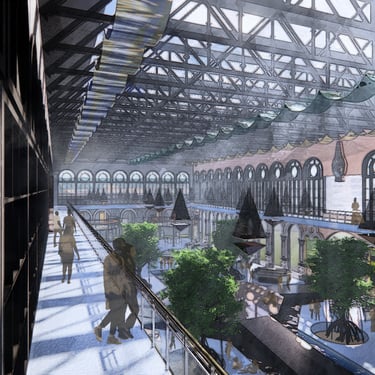

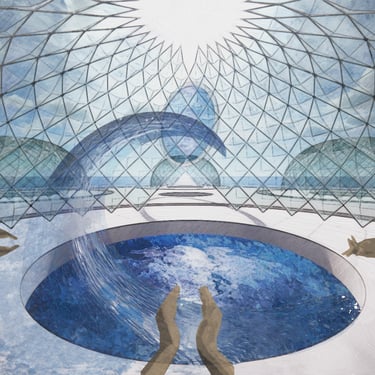
Chapter 2 - The Educator
(Early Teaching Experiences)
Teaching became the place where learning turned outward. In guiding others, I discovered how imagination and care create shared ground, and how every classroom can become a small act of design justice.
Collaborative Teaching & Original Course Design
Teaching has allowed me to move across many learning environments, from adult classrooms to graduate studios, undergraduate courses, and high school outreach. Across them all, I’ve seen how design becomes a language for connection, curiosity, and care. Below is a glimpse of that work and the students who have shaped it with me.
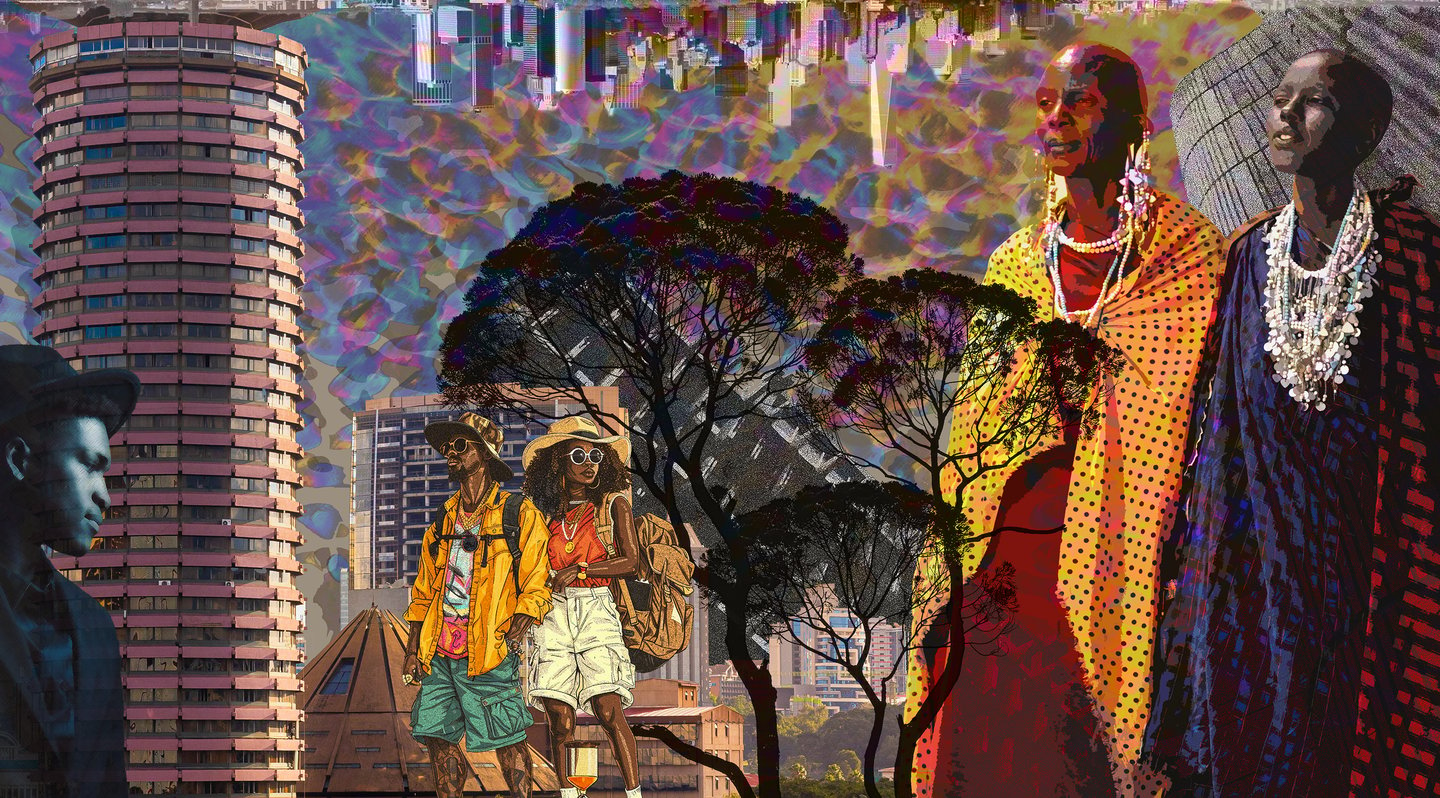

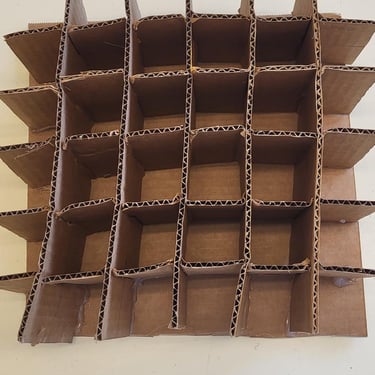

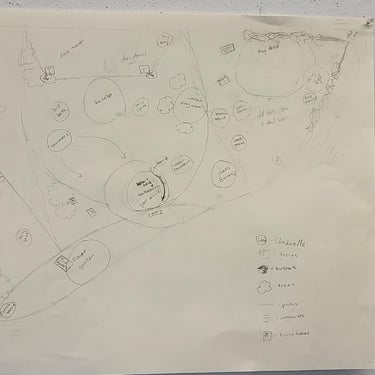


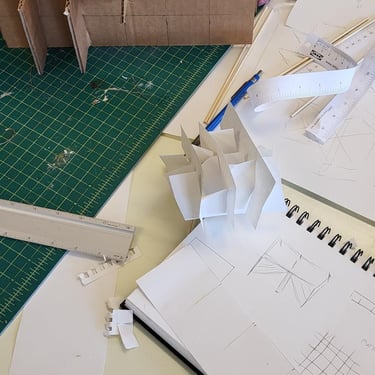
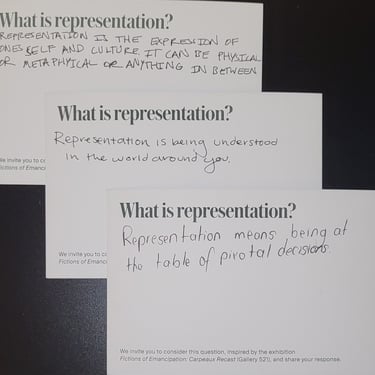
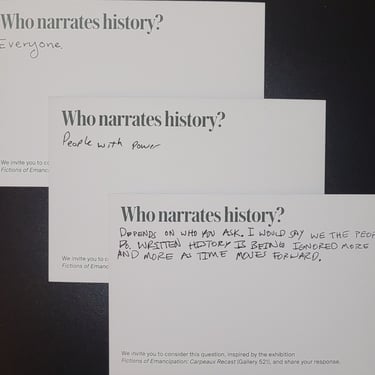
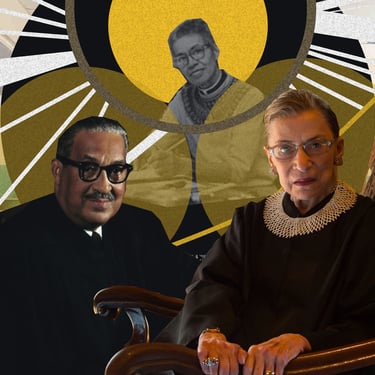
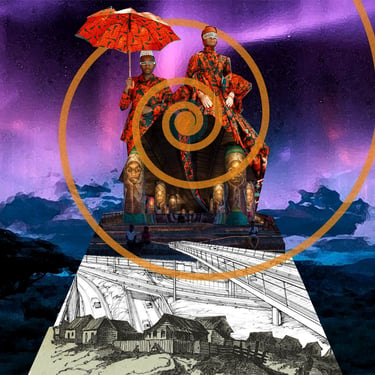
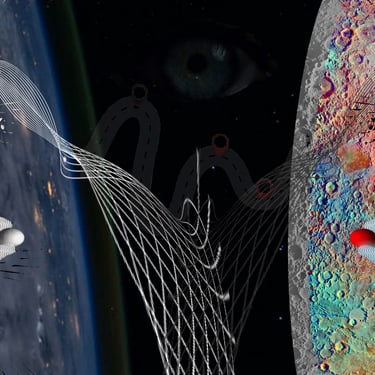

Afrofuturism in Visual Culture
Interior Architecture
Graduate Thesis
Thesis Advisor
Undergraduate Senior Thesis
Afrofuturism & Place Identity:
Design Research
Graduate Thesis
Environmental Design
Sustainable Built Environment II
From Top/Bottom and Left/Right:
Row 1: Pre-College Courses in Interiors: Stand on It challenge, Public park redesign, making progress
Row 2: Afrofuturism Course in Interiors: Who controls history?, Collages on time, gender, and power in space
Chapter 3 - The Researcher
(Early Research: Ethnography, Environmental Psychology, Social Sciences)
Research became a way to study how human stories are entangled with environmental systems. Each project asks how design might respond to a finite world, one that demands care, reciprocity, and restraint as acts of preservation.
Environmental Design Research Association Presentation, 2025
My work for the Environmental Design Research Association (EDRA) began as an exploration of how water, memory, and belonging intersect within diasporic and historically marginalized communities. The project combined environmental psychology, narrative inquiry, and design research to study how spatial experience holds traces of identity, grief, and resilience. Through visual storytelling and theoretical framing, I investigated how sensory and emotional relationships to water reveal broader questions of spatial justice and environmental care. The work asks what it means to live with water as both memory and mirror, an element that holds the stories we inherit and the ones we’re still writing.
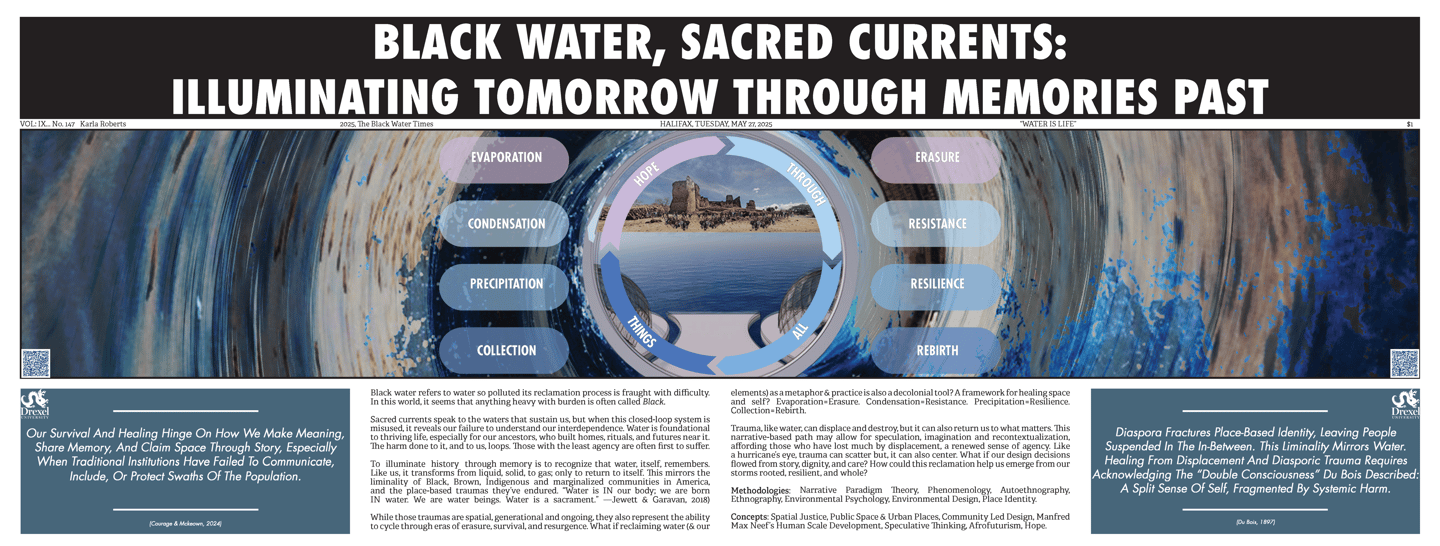

Chapter 4 - The Bridge
(Synergy Across Disciplines & Experiences)
This work is where learning, teaching, and research converge. The bridge is less a destination than a way of moving, an evolving framework built on stewardship, belonging, and the courage to keep asking.
Evolving Frameworks...
In Practice
Design thinking asks us to sit with multiple truths. Truths that are often contradictory or ambiguous, and balance them to build something extraordinary, mundane, livable, functional, and humane. In my opinion, the work of research is recognizing that what we research and who we are can exist as a structural framework that we utilize to connect with others and our environment. The beauty of complexity is that it so deeply represents our lived human experiences, the balance of our planet, and the collective actions of the beings within it. 'Complexity is therefore associated with the intricate inter-twining or inter-connectivity of elements within a system and between a system and its environment' (Eve Mitleton-Kelly, 'Organisations as Co-evolving Complex Adaptive Systems,' British Academy of Management Conference, 1997). It is our work to expand upon and reintegrate this thinking back into the cultural zeitgeist to help us better understand ourselves, others, and our home. Let's be stewards.
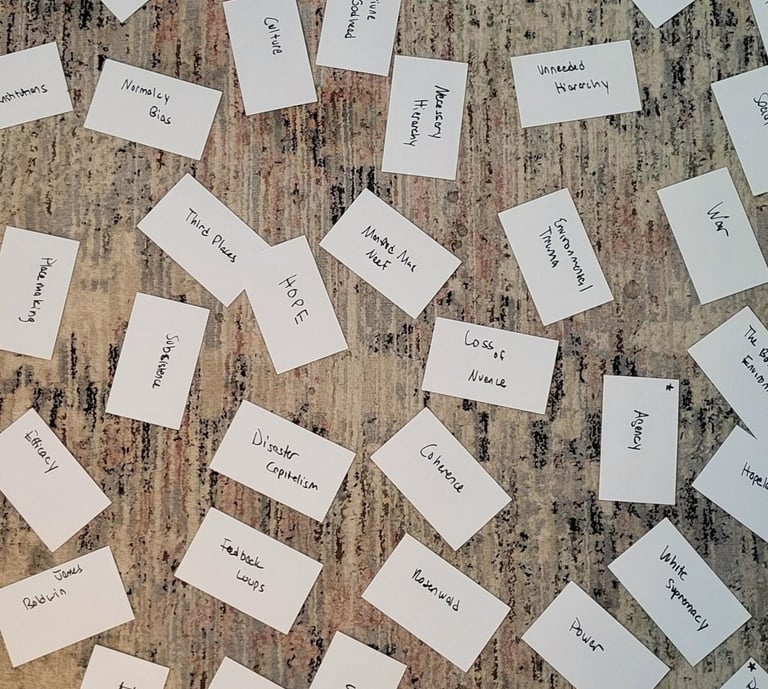

End of Book One
Book Two is in progress.
“A process cannot be understood by stopping it. Understanding must move with the flow of the process, must join it and flow with it.”
-Frank Herbert, Dune